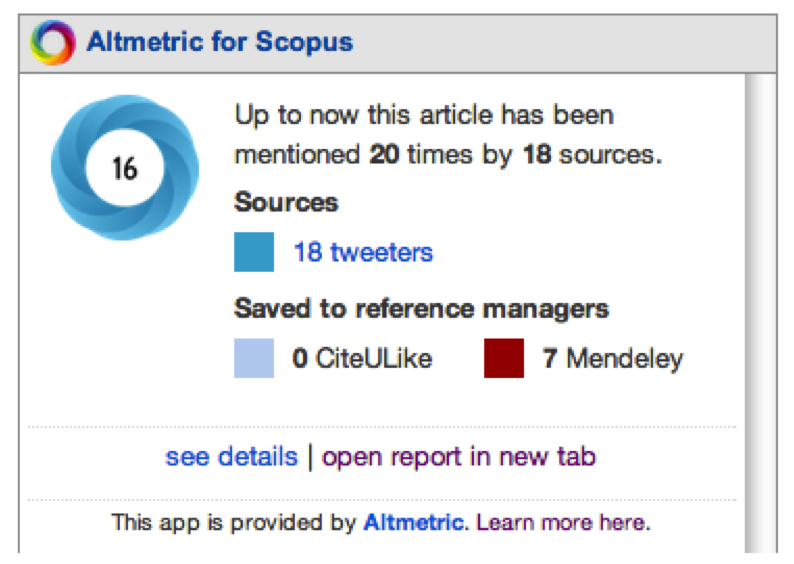There is a lot to keep in mind when deciding where to publish and it takes time to investigate individual journals and explore their websites. Not everyone considers the same things as important to them. For some it is about a journal’s prestige while for others it is about the audience that they can reach or about ensuring that their work is open access and available freely to all.
Unfortunately, there are publishers out there that are less than honest and provide false or misleading information about who they are and the impact that they have on a field. There are also publishers with hidden fees that send out invoices to authors after publishing their papers. These are commonly referred to as predatory publishers and they have fooled many a researcher.
One site that can help is Beall’s List of potential, possible, or probable predatory scholarly open access publishers. Jeffrey Beall uses a set of criteria to create this list that makes a lot of sense. I urge you to take a close look at these publishers before deciding to send them your work.



